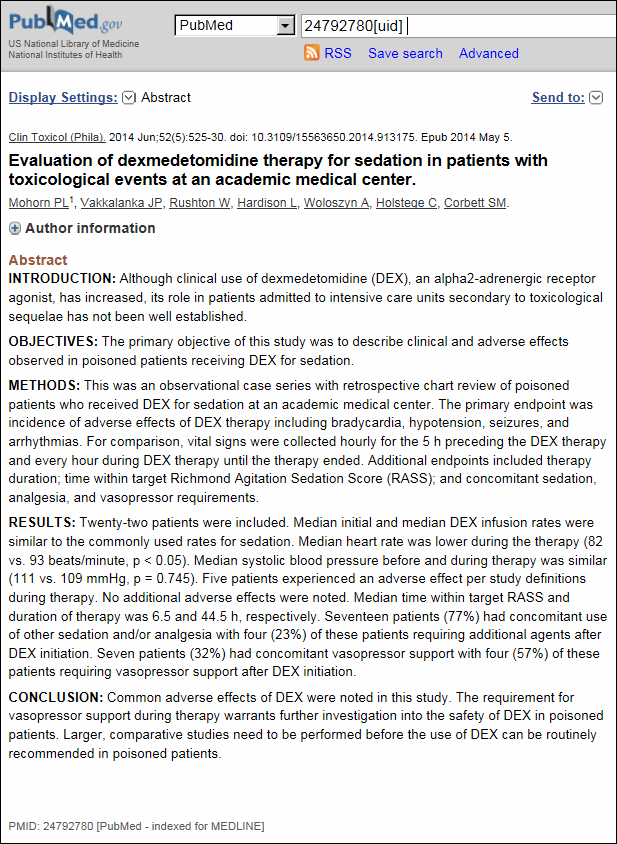


Interested in Open Access? Check out the Open Access LibGuide to learn more.
Thank you to the following people and sites who allow their images to be used through Creative Commons licenses.
Human brain on white background, by _DJ_ (Flickr)
Printer in 1568, by Jost Amman (Wikimedia Commons)
Silhouette/outline of a light bulb, by Inkwina (Wikimedia Commons)

Starting from scratch...
Once you have one or more journals in mind...
Now that you think you've found a good candidate...send a letter of inquiry to the editor to ask if they'd be interested in your manuscript.
For more detailed information about finding and selecting the right journal for your work, take a look at SON Professor, Diane Mahoney's PowerPoint slides from her Spring 2015 Faculty Development Days talk.
Copy and paste your title and abstract into these search engines to get a list of journals that publish on your topic.
Writing Abstracts
An abstract is a short summary of your research. Depending on the journal's requirements, it is usually 150-250 words long and can be structured or unstructured (more on structured abstracts later).
words long and can be structured or unstructured (more on structured abstracts later).
There are several important functions of an abstract that you should remember when writing it:
Structured Abstracts
Structured abstracts are exactly what they sound like. Instead of being a plain paragraph summarizing your paper, they follow a structure. Here are some

The default option when your manuscript is accepted for publication in anything other an an open access journal is to sign away most of the rights to your work (There are some exceptions to this, such as in the case of NIH funded research). This often means* you no longer have the right to reuse your work, distribute it for teaching purposes, or post it on your own website or in a repository without express permission from the publisher.
You have the right to negotiate for additional rights beyond those the publisher offers. This section of the guide will offer you suggestions on how you might retain your rights or reclaim them if you've already signed them away.
Retaining Your Rights
After your manuscript has been accepted for publication, the journal will come back to you and your co-authors, asking you to sign a publisher agreement. This is the time to negotiate!
Before submitting the agreement, attach an addendum (see below for a link tot he SPARC Author Addendum) detailing the rights you would like to retain, and include a statement with your signature that indicates agreement only with modifications according to the attachment.
Reclaiming Your Rights
Copyright law allows authors to reclaim their rights 35 years after publication. You simply need to contact the publisher in advance to give notice that you will be reclaiming your rights.
*Different publishers, and even different journals from the same publisher, have different policies about what rights authors retain. Consult the Sherpa Romeo site, linked below, for details.